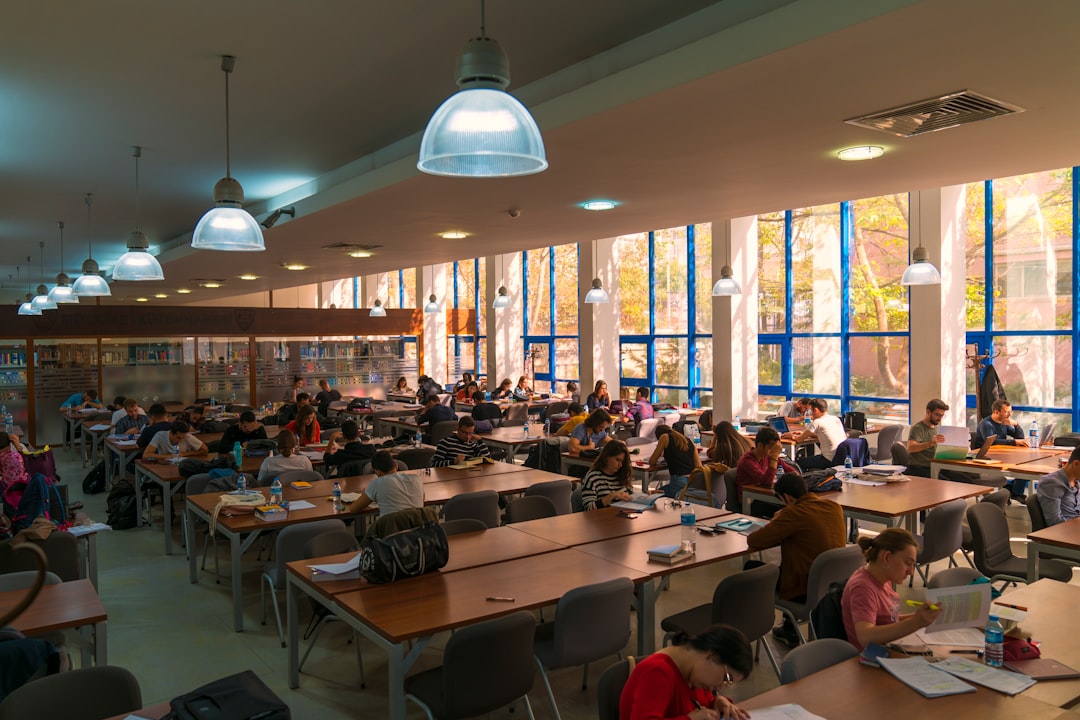No products in the cart.
Revitalizing Education: The Chambliss Building Renaissance at ABAC
The newly renovated Chambliss Building at ABAC symbolizes a leap into modern education, integrating technology and collaboration for students.
The air was thick with anticipation as the ribbon was cut at the newly renovated Chambliss Building at Abraham Baldwin Agricultural College (ABAC) in Tifton, Georgia. This was not just another ceremony; it was a celebration of transformation. The Chambliss Building, once a relic of traditional education, has been reimagined to foster collaboration, innovation, and a modern learning environment.
As students and faculty gathered, the sun glinted off the new glass façade, a symbol of transparency and openness. The building now boasts state-of-the-art technology, flexible learning spaces, and a vibrant atmosphere designed to inspire creativity and engagement. The renovation was not merely cosmetic; it signified a profound shift in how education is approached at ABAC.

For many, the Chambliss Building represents a new chapter in their educational journey. “This is where we’ll learn, collaborate, and grow,” said Sarah Thompson, a junior majoring in Business Administration. “It’s exciting to think about how this space will shape our experiences.”
The building’s renovation comes at a time when educational institutions are increasingly recognizing the importance of adaptable learning environments. According to a recent report by the National Education Association, schools that invest in modern facilities see a significant increase in student engagement and achievement[1]. This aligns perfectly with ABAC’s mission to prepare students for the challenges of the future.
According to a recent report by the National Education Association, schools that invest in modern facilities see a significant increase in student engagement and achievement[1].
Equipped with advanced technology, including interactive whiteboards, high-speed internet, and collaborative workspaces, the Chambliss Building is designed to facilitate both individual study and group projects. These features not only cater to diverse learning styles but also reflect a broader trend in education where technology is seamlessly integrated into the learning process.
But it’s not just about the bricks and mortar. The renovation has also prioritized community and connection. The open-plan design encourages students to interact, share ideas, and support one another. “Education is not just about lectures and textbooks; it’s about building relationships and networks,” explained Dr. Emily Carter, the Dean of Students. “The Chambliss Building embodies that philosophy.”
As we delve deeper into the implications of such a renovation, it becomes clear that ABAC is not alone in this pursuit. Educational institutions worldwide are rethinking their spaces to better meet the needs of today’s learners. From STEM labs to creative arts studios, the emphasis is on flexibility and functionality, ensuring that students are not just passive recipients of information but active participants in their education.
For instance, a recent analysis by the Brookings Institution highlighted how educational reform, particularly in facility upgrades, can significantly influence student outcomes[2]. This research suggests that environments conducive to collaboration and innovation lead to higher levels of student success. ABAC’s Chambliss Building is a perfect case study in this trend.
Yet, as with any significant change, there are challenges to navigate. The push for modernization can often come with budget constraints and logistical hurdles. Institutions must balance the desire for cutting-edge facilities with the need for sustainable practices. ABAC has tackled this head-on, employing eco-friendly materials and energy-efficient systems in the Chambliss renovation, demonstrating that progress and sustainability can go hand in hand.
Looking ahead, the future of the Chambliss Building appears bright. As students begin to utilize the new spaces, faculty members are equally eager to adapt their teaching methods to leverage the building’s capabilities. “We need to evolve alongside our students,” said Dr. Carter. “The Chambliss Building is just the beginning of a broader movement towards a more engaged and innovative educational experience.”
From STEM labs to creative arts studios, the emphasis is on flexibility and functionality, ensuring that students are not just passive recipients of information but active participants in their education.
As the world of work continues to evolve, with trends like remote work and gig economies reshaping the professional landscape, educational institutions must prepare students for these realities. The Chambliss Building at ABAC is not just a physical space; it represents a commitment to equipping students with the skills and mindsets necessary for success in an ever-changing world.
In this age of rapid change, the renovated Chambliss Building stands as a beacon of hope and possibility. It is a reminder that education is not static; it is a dynamic force that can adapt, innovate, and inspire. For the students of ABAC, this building is more than just a place to learn—it is a launchpad for their futures.











